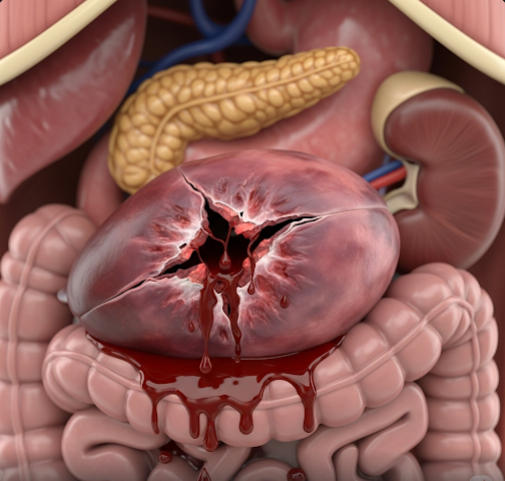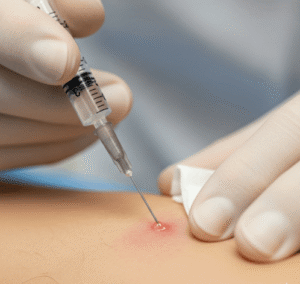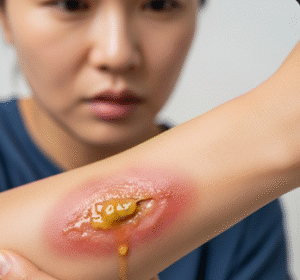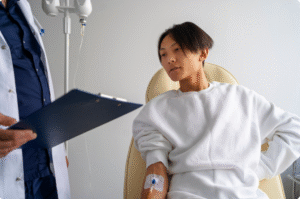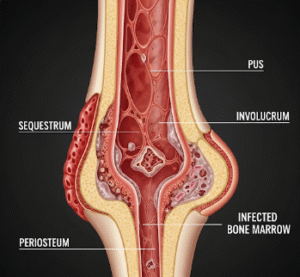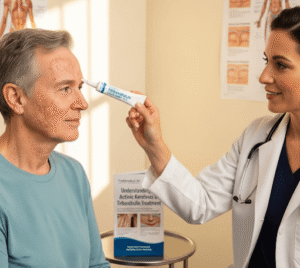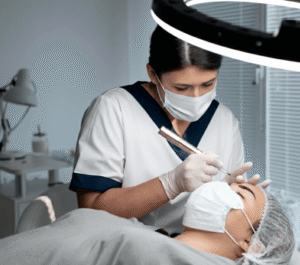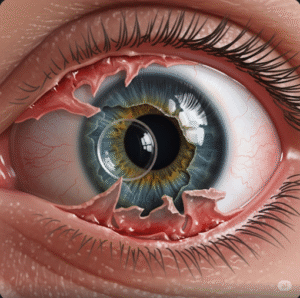Overview
A ruptured spleen is a serious medical emergency where the spleen—a vital organ involved in filtering blood and fighting infection—tears or bursts, usually due to trauma. This can cause internal bleeding, leading to shock or death if not treated promptly. In Korea, trauma centers and emergency departments are equipped to provide rapid diagnosis and life-saving treatment for ruptured spleens.
What is a Ruptured Spleen?
The spleen is located in the upper left abdomen and plays a key role in immune function and blood filtration. A rupture occurs when the spleen’s capsule is torn, often from blunt abdominal trauma (e.g., car accidents, sports injuries), causing blood to leak into the abdominal cavity.
Symptoms
- Severe pain in the left upper abdomen or left shoulder (Kehr’s sign)
- Abdominal tenderness and swelling
- Signs of internal bleeding such as dizziness, weakness, and fainting
- Rapid heart rate and low blood pressure
- Pale, clammy skin
- Confusion or loss of consciousness in severe cases
Causes
- Blunt abdominal trauma from falls, vehicle collisions, or sports injuries
- Penetrating injuries like stab wounds or gunshots
- Certain medical conditions causing spleen enlargement and increased fragility
Risk Factors
- Participation in contact sports or high-risk activities
- Pre-existing spleen conditions such as splenomegaly or infections
- Trauma exposure without protective gear
Complications
- Life-threatening internal hemorrhage
- Hypovolemic shock due to massive blood loss
- Infection risk if spleen function is impaired or removed
- Long-term immune system compromise after splenectomy
Prevention
- Use of protective equipment in sports and high-risk activities
- Prompt medical attention after abdominal trauma
- Regular monitoring of spleen health in at-risk patients
Treatment Options in Korea
Korean trauma and surgical teams provide comprehensive care for ruptured spleen:
- Emergency Stabilization: IV fluids and blood transfusions to manage shock.
- Imaging Diagnostics: Ultrasound and CT scans for rapid assessment.
- Non-Operative Management: Close monitoring and bed rest for stable patients with minor tears.
- Surgical Intervention: Splenorrhaphy (repair) or splenectomy (removal) in severe cases.
- Postoperative Care: Infection prevention with vaccines (e.g., pneumococcal) if spleen is removed.
- Rehabilitation: Support for recovery and immune function monitoring.

